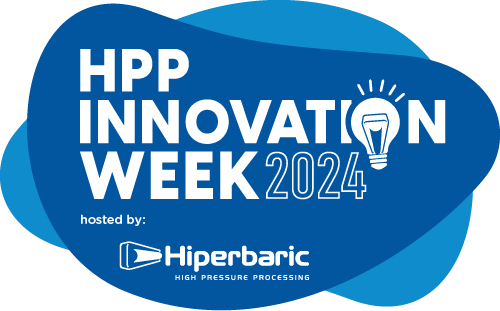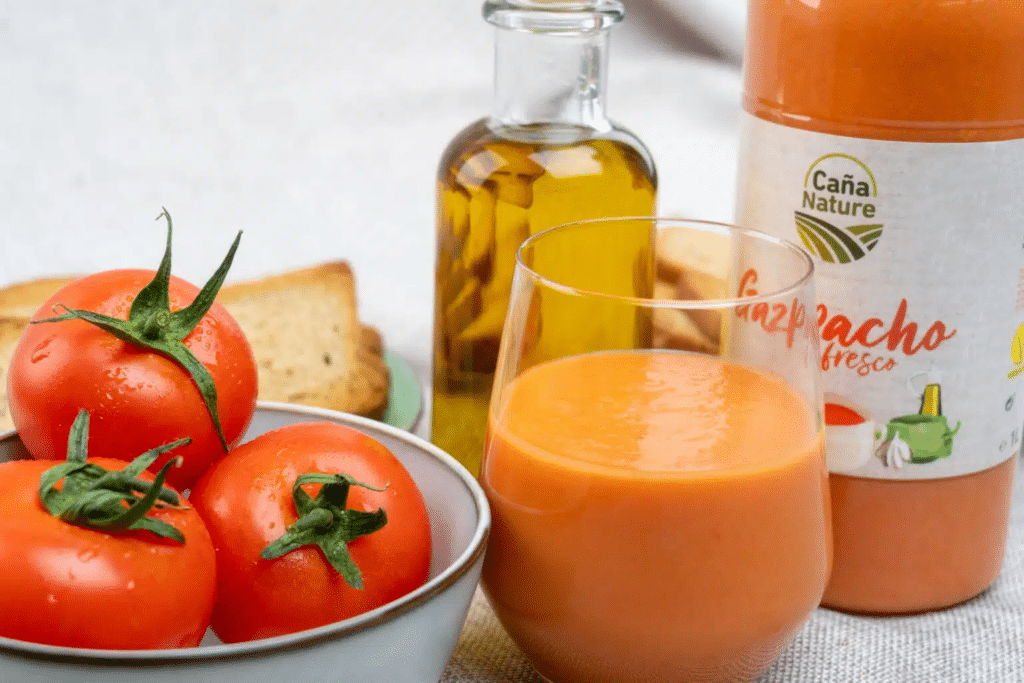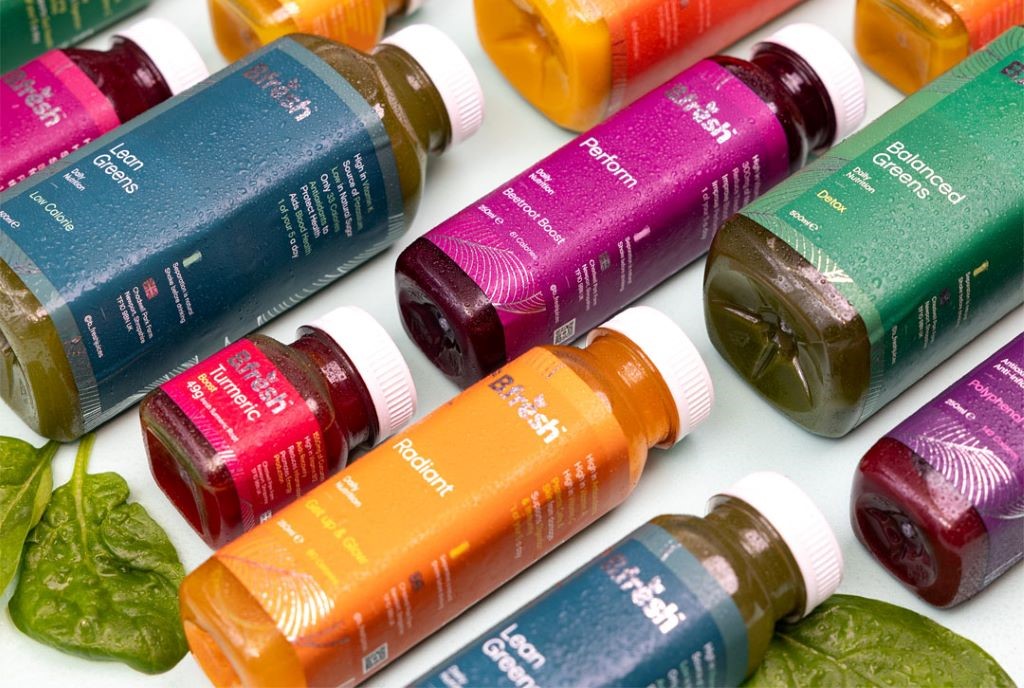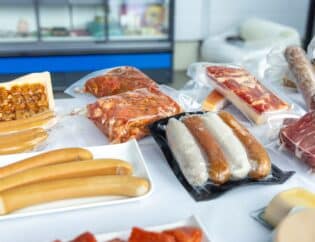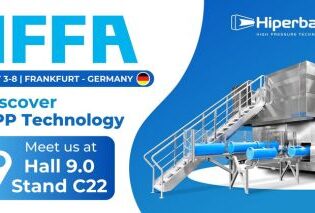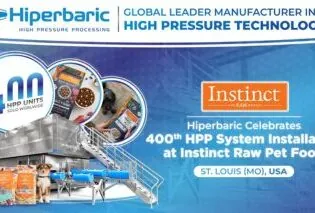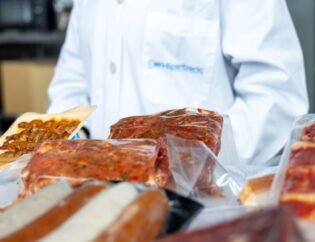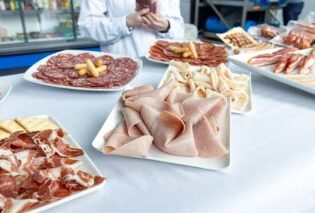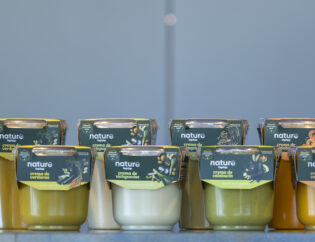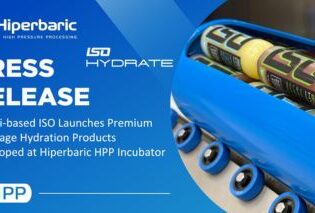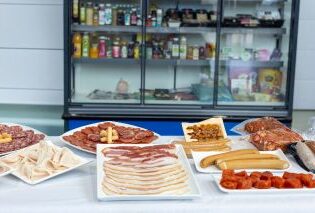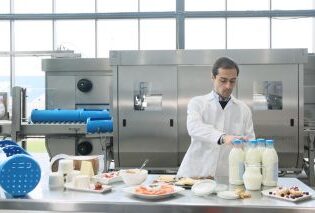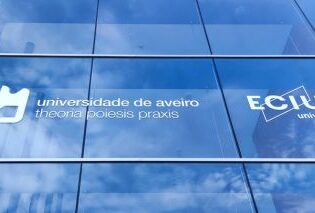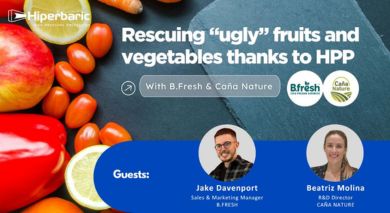
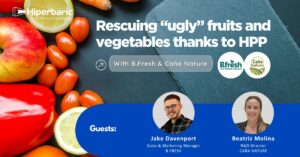
In the last edition of the HPP Innovation Week, Hiperbaric brought together 2 great companies such as the spanish Caña Nature and the british B.Fresh, which share something in common: the use of “unaesthetic” or “ugly” foods, which are not accepted on supermarket shelves because of their unappetizing appearance, but which are nevertheless perfectly suitable for human consumption and have all their nutritional properties intact. Let’s get to know these companies a little better.
B.Fresh
The mision of B.Fresh is to make honest products to get people having more fruit and vegetables easily into their diets.
The company originated from a damaged spinach crop in 2014, when its founder, Philip Maddocks, wanted to find a solution to minimize waste and provide an outlet for the crop, which, despite its imperfect appearance, was still nutritionally perfect for consumption. So he found in cold-pressed juices the perfect solution, since their nutritional value is higher due to their less aggressive and respectful process with the fruit and vegetables.
One of their key pillars is to be what they call “refreshingly honest”. That’s why they clearly put all the ingredients on their bottles, as they want to make the healthy choice easy and let their consumers know what exactly they are drinking. Exclusively natural products without any additives.
With this highly nutritious base product, they believe that the best way to get the product to the end consumer completely “clean” is through high pressure processing (HPP), in order to keep its nutritional properties intact while guaranteeing a much longer shelf life and ensuring food safety.
Caña Nature
Caña Nature is part of the La Caña group, formed by companies dedicated to the agricultural sector. This brand arose from an innovation project to recycle the product that was not good enough for the supermarket shelves because it was not aesthetically pleasing enough, but nevertheless its nutritional properties were still intact.
Their mission is to contribute to reducing food waste and improving society’s nutrition. This is why they place so much importance on their three core values: food quality and safety, upcycling and innovation with new functional products.
Thanks to HPP, they can offer their products completely natural with no additives, guaranteed food safety and a much longer shelf life, making them premium products.
Q&A with Beatriz Molina, Director of R&D at Caña Nature; and Jake Davenport, Sales and Marketing Manager at B.Fresh
What specific market segments or channels are more receptive to this type of HPP value added products?
B.Fresh: Well, I mean I think it should be everyone really, but I supose, more specifically is people that have a real focus on their health. Obviously with HPP are so many health beneficts that comes with it. The alternative methods, like heat pasteurization, they’re having to then compensate that by adding sugar, sweeteners, artificials, etc. To make up for the damage that they’ve done by using heat whereas with the HPP we’re not having to do any of that and the flavors and the textura is unchanged by the process and obviously we’re ensuring it’s all safe.
Also I got to say that here in the UK we’re seeing a much more of a shift to these health focused products and HPP are the Forefront of those because of the nutritional beneficts that come with it.
Caña Nature: I totally agree with Jake. For us, since we comercialize it in several markets, its very important for us that the consumer perceive the value, the quality and freshness in order to put our products in the premium position on the shelves.
How can consumer behaviors be influenced to promote the consumption of HPP value-add products made from rescued ugly fruits and vegetables?
B.Fresh: Yes I think the education around the environmental impact is the key part here. Just really emphasizing the point that it may not look as good but it’s still most likely going to be as nutritionally as good. I think thats the main part that you’ve get to get here. And I think in recent years the consumers are starting to understand that it may not look the best but it’s going to taste the same and it’s going to have the same beneficts for you.
Caña nature: Yes I agree. I think we need to inform the consumer about the benefict and the value about rescuing the products and that maybe can contribute to increase the production of these kind of rescued ugly products that may have their nutritional benefits intact.
How can you continue to innovate and improve the production of rescued ugly food products through research and development?
Caña Nature: Yes, for us, we explore new formulations, because we need to get the exact viscosity and density and the way to mix the ingredients. We are working with the university in order to get ready to eat convinient foods and do this in a good way. For us is so important to get the exact time, temperature, etc. because is due to all this things, the formulation and our engenieers, that we get the perfect product.
B.Fresh: We’ve got some exciting products in the pipeline that we’re sort of looking at and I can’t say too much about them because we are sort of finalizing the details, but with any products that web ring out we’ll always be looking to stay true to the core of why B.Fresh started so we’re always going to be using our own produce and with that we’ll be taking the stuff that perhaps isn’t going to go into the retailer shelves but is going to be perfect for making whatever products that we decide to make.
You can watch the full session below:

